Electric vehicle (EV) charging is not only a technological advancement, but it heralds a cleaner, greener form of transportation. The heart of EV charging is the transfer of electrical energy from a power source to the vehicle's battery pack, thereby charging the EV battery.
If you are an EV owner or need to install a charging station and want to learn how EV charging works, read our blog.
What is EV charging?
Electric vehicle charging is the process of recharging an electric vehicle (EV) battery so that the vehicle can be driven without the use of traditional fossil fuels.
There are three main types of EV charging: Level 1 charging uses a standard household electrical outlet and is slower and suitable for overnight charging at home.
Level 2 charging is faster than Level 1 charging. It requires a higher voltage from a dedicated charging station and is suitable for daily charging at home, at work, and at public charging stations.
DC fast charging is by far the fastest way to charge an electric vehicle, adding a significant amount of range to an electric vehicle's battery in just a few minutes, making it ideal for long trips where time is limited.

How Does EV Charging Work?
Once an EV is plugged into a charging station, electricity flows from the grid through a cable and into the vehicle's onboard charger. The charger then converts the alternating current (AC) from the grid into direct current (DC), which is used to charge the EV's battery.
Think of charging an electric car as refilling a water bottle. You have a water bottle (car battery) and a faucet (charging station). Just as water flows from the faucet to your water bottle, electricity flows from the charging station to your car battery.
The different types of charging are like different types of faucets: Level 1 is a slow-drip faucet you can use at home overnight; Level 2 is a kitchen faucet that fills your bottle faster, perfect for refilling your battery while shopping or at work; and DC Rapid Charge is like a fire hose that fills your bottle super-fast, perfect for long trips where you need to get back on the road quickly. Simply plug it in, wait a few moments, and you're ready to go - no fuss required.
Different Types of EV Chargers
As the popularity of electric vehicles (EVs) grows, so does the range of charging solutions, offering a variety of options to suit the lifestyles and needs of EV drivers. For a deeper understanding of the various options available, explore the Types and Differences of Electric Vehicle Chargers.
1. Level 1 Chargers: Slow and Steady
Level 1 chargers are the most basic electric vehicle chargers. These chargers use a standard 120-volt household outlet to provide a slow and steady charge to an electric vehicle battery. These chargers are easy to use at home for overnight charging or when a quick charge is not needed.
Level 1 chargers are portable and easy to use for temporary or emergency charging needs. They have a connector that plugs into the electric vehicle's charging port and provide approximately 2-5 miles of range per hour of charging, depending on the vehicle's battery capacity.
Level 1 chargers are ideal for daily commuting use, as there is enough time to leave the vehicle plugged in overnight. Level 1 chargers can also be used as a backup option when higher power charging stations are not available.
2. Level 2 Chargers: The Home and Public Workhorse
Level 2 chargers offer a significant improvement in charging speed compared to Level 1 chargers. These chargers require a dedicated 240-volt electrical circuit, making them suitable for both residential and public charging installations. They are commonly found in homes, workplaces, and public parking facilities. For homeowners interested in upgrading to a Level 2 charger, a variety of EV home charger options are available that can fit various needs and preferences.

Level 2 chargers can deliver approximately 10-60 miles of range per hour of charging, depending on the vehicle's onboard charger capacity. They often feature connectors compatible with various ev models and come with additional safety features such as ground fault protection.
Home installation of a Level 2 ev charger involves hiring a qualified electrician to set up a dedicated circuit and install the charger unit. Many utility companies offer rebates or incentives to offset the installation costs, making it an attractive option for ev owners.
3. Level 3 Chargers: The Fast Chargers
Also known as DC fast chargers or rapid chargers, Level 3 chargers are designed for swift recharging during long journeys or when quick turnaround times are essential. These high-powered units are typically found at public fast-charging stations along highways or major travel routes.
Level 3 chargers supply direct current (DC) power directly to the EV's battery, bypassing the onboard charger and enabling rapid replenishment. They can provide up to several hundred miles of range per hour of charging, significantly reducing wait times compared to lower-level chargers.
Public fast-charging networks operated by various providers offer access to Level 3 chargers at strategic locations along popular travel corridors. Additionally, some businesses and retail establishments have integrated these fast-charging stations into their premises to attract ev customers.
Practical Tips for EV Charging
Extend the life of your electric vehicle (EV) battery as an electric vehicle (EV) owner. By using the best charging methods and understanding the dynamics of your EV battery, you can optimize its performance and extend its life.1. Maximizing Your EV’s Battery Life
-
When charging electric vehicles, frequent deep discharges should be avoided, as shallow discharges place less stress on the battery and can extend battery life. In addition, using slower charging methods, such as Level 1 or Level 2 chargers, whenever possible, reduces the thermal stress on the battery cells and further improves the durability of the battery.
-
Regularly update software and firmware for electric vehicles. Manufacturers frequently release updates that include improved charging algorithms and battery management systems to ensure efficient operation and extend battery life.
-
Different EV models may have different chemistries and thermal management systems, all of which affect how the battery is charged and maintained. Familiarize yourself with manufacturer-specific recommendations for ideal charging patterns, temperature thresholds, and storage guidelines to maintain the integrity of your EV battery over time.
2. Finding Charging Stations
There are now a number of apps and online resources available to help electric vehicle owners find nearby charging stations. These platforms provide real-time information about available charging stations, compatibility with different EV models, pricing details, user reviews, and other amenities at each location. Using these apps simplifies the process of finding the right charging station based on the current location or planned route.
When traveling long distances in an electric vehicle, plan your trip carefully. Before starting a long trip, use a mapping tool specifically for EVs to find reliable fast-charging stations at strategic intervals along the scheduled route.
Taking into account travel distances between stations, potential detours for sightseeing or dining while charging, and backup charging options in the event of an unforeseen situation will all contribute to a smooth travel experience.
Conclusion
From the convenience of Level 1 overnight charging to the fast charging offered by Level 3 charging stations, there are different types of charging stations to suit your different lifestyles and needs. The transition to electric vehicles is more than just adopting new technology; it's a commitment to reducing your environmental footprint one charge at a time.
As the charging infrastructure continues to expand, the decision to switch to electric vehicles becomes easier and more attractive. To learn more about chargers and EV charging solutions, visit Autel.

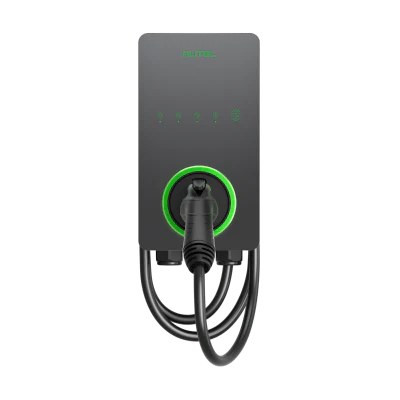
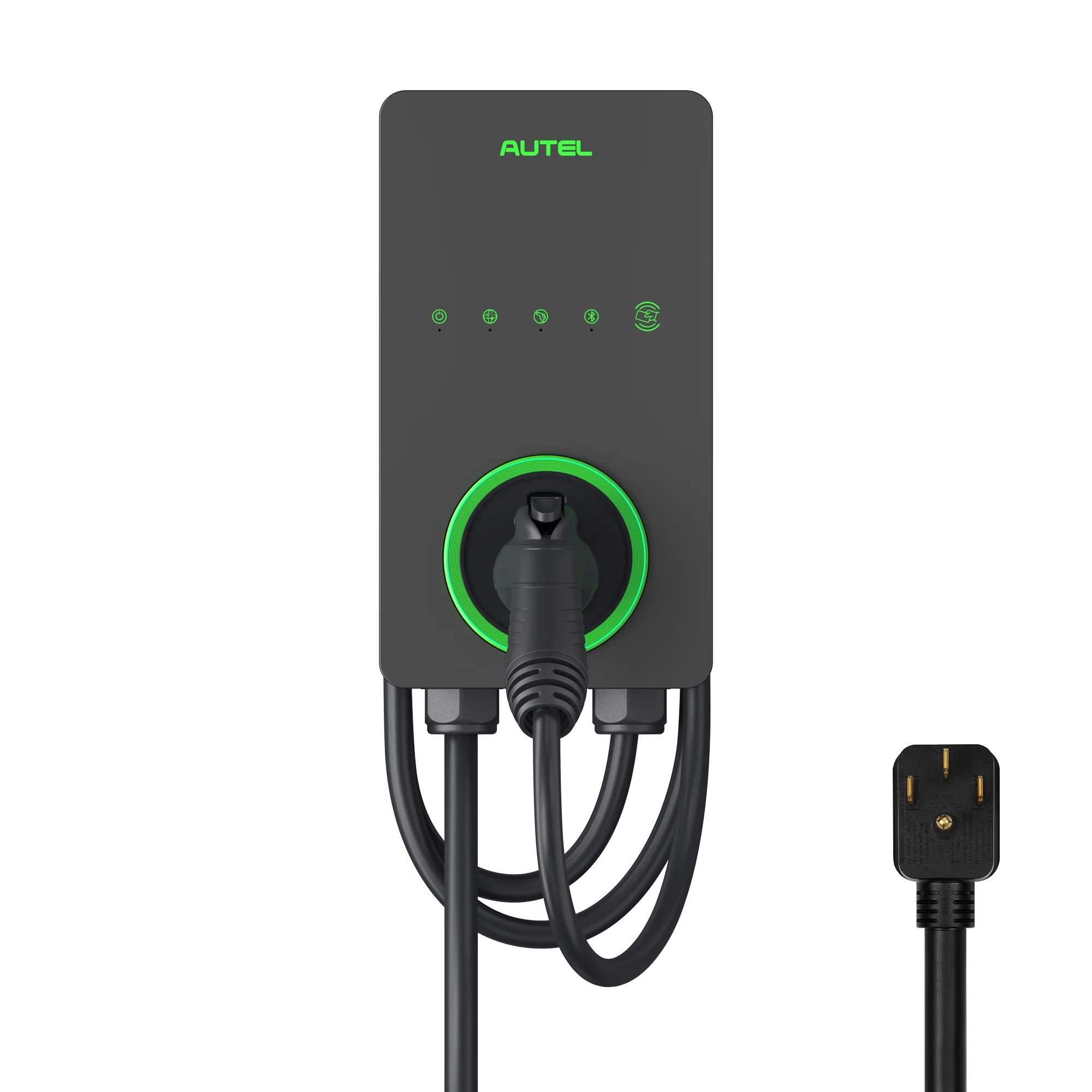
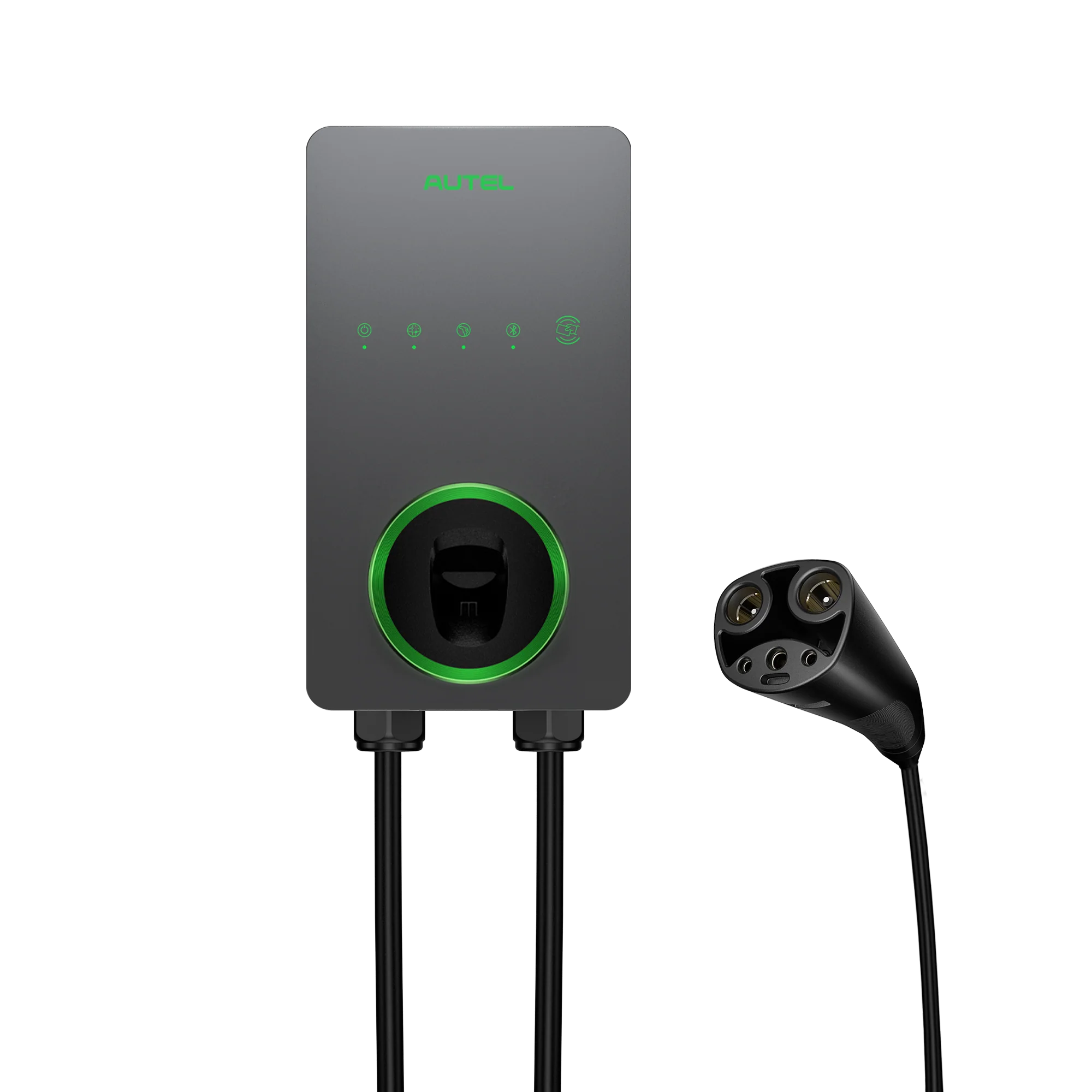
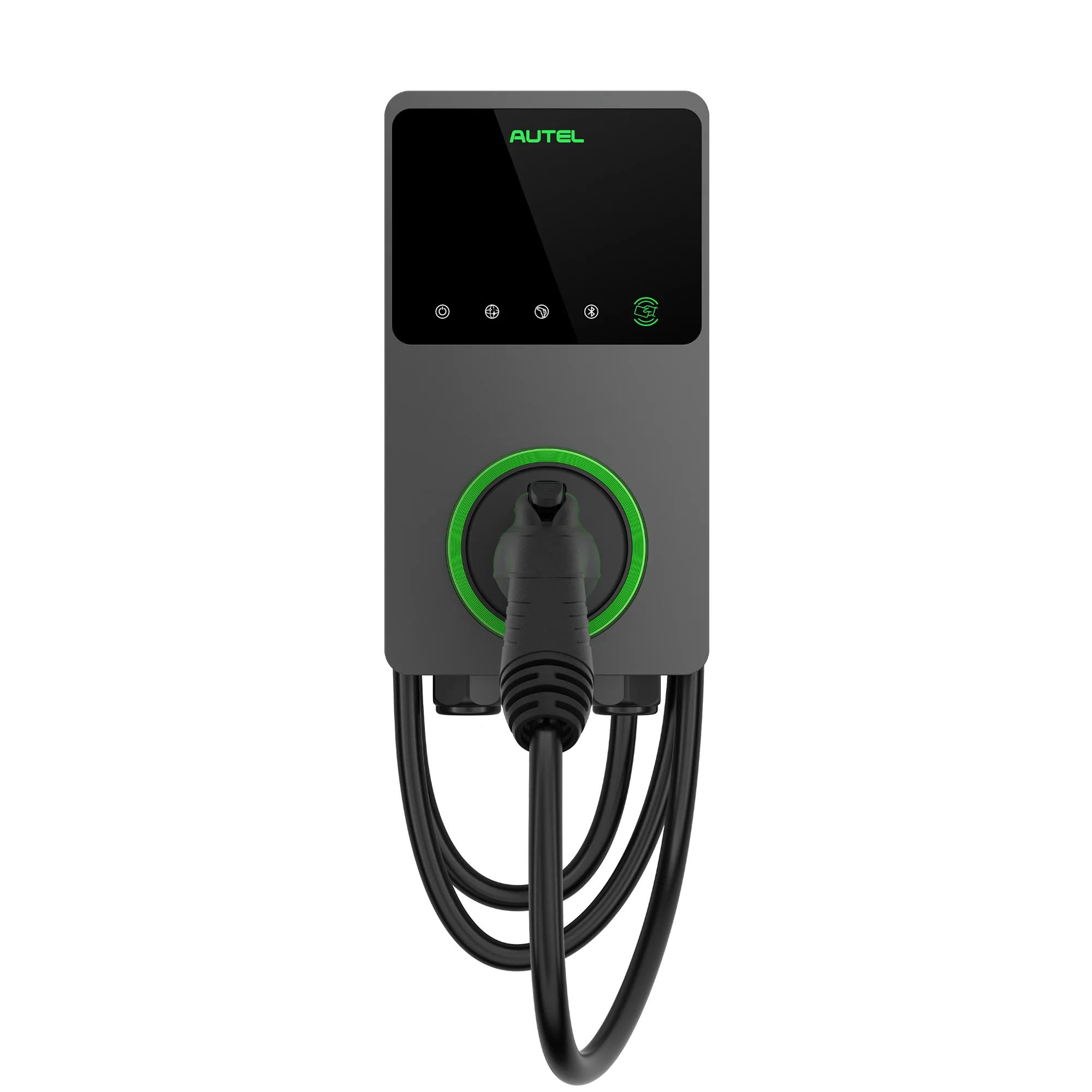
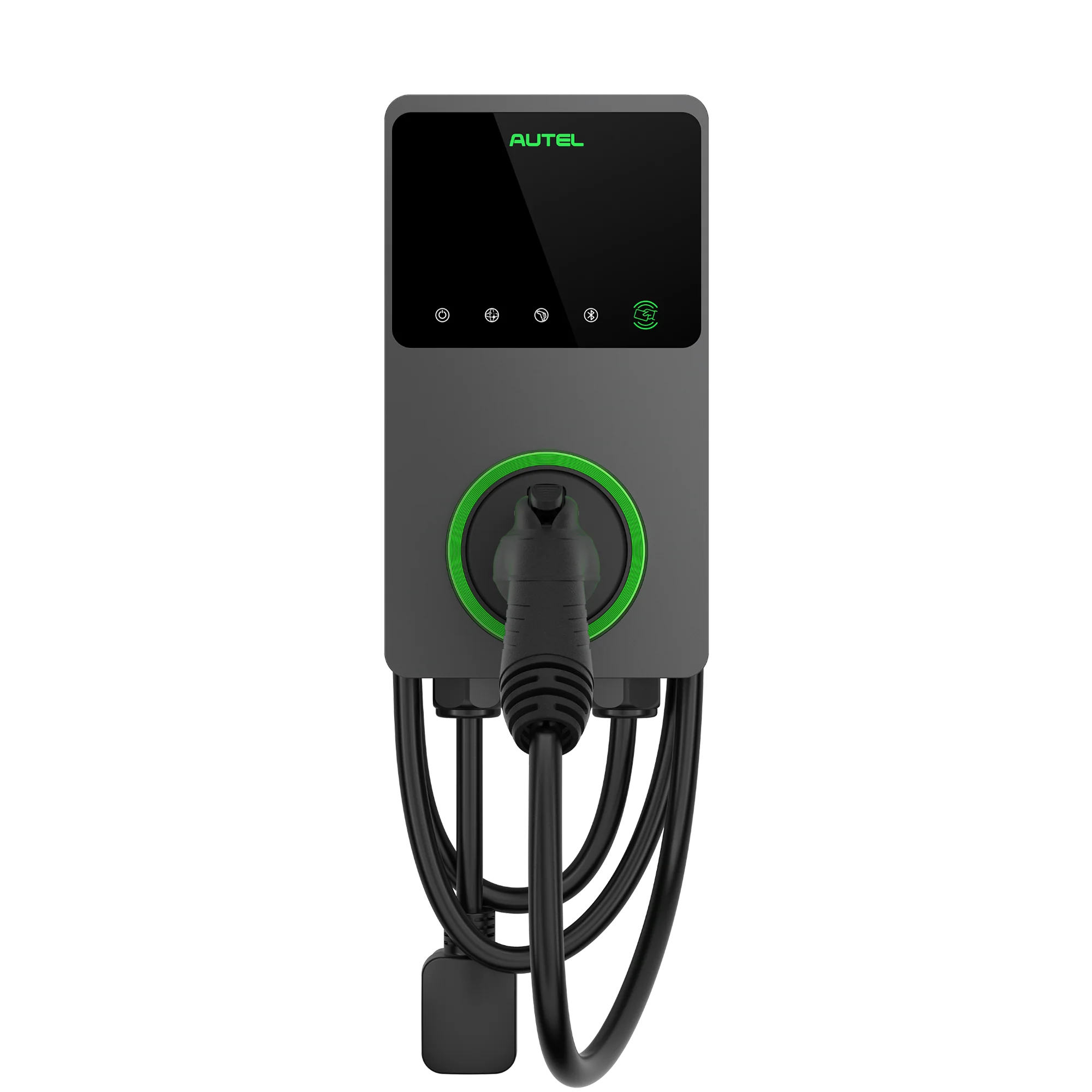
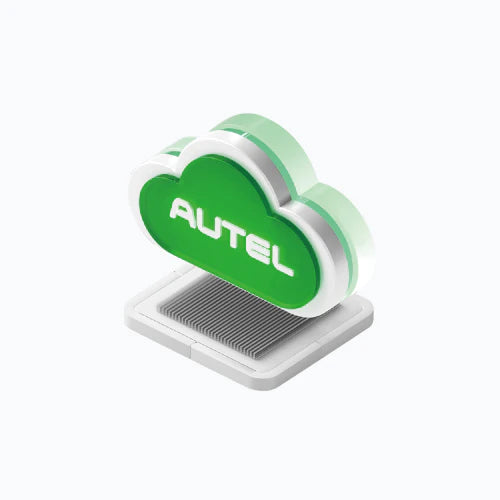
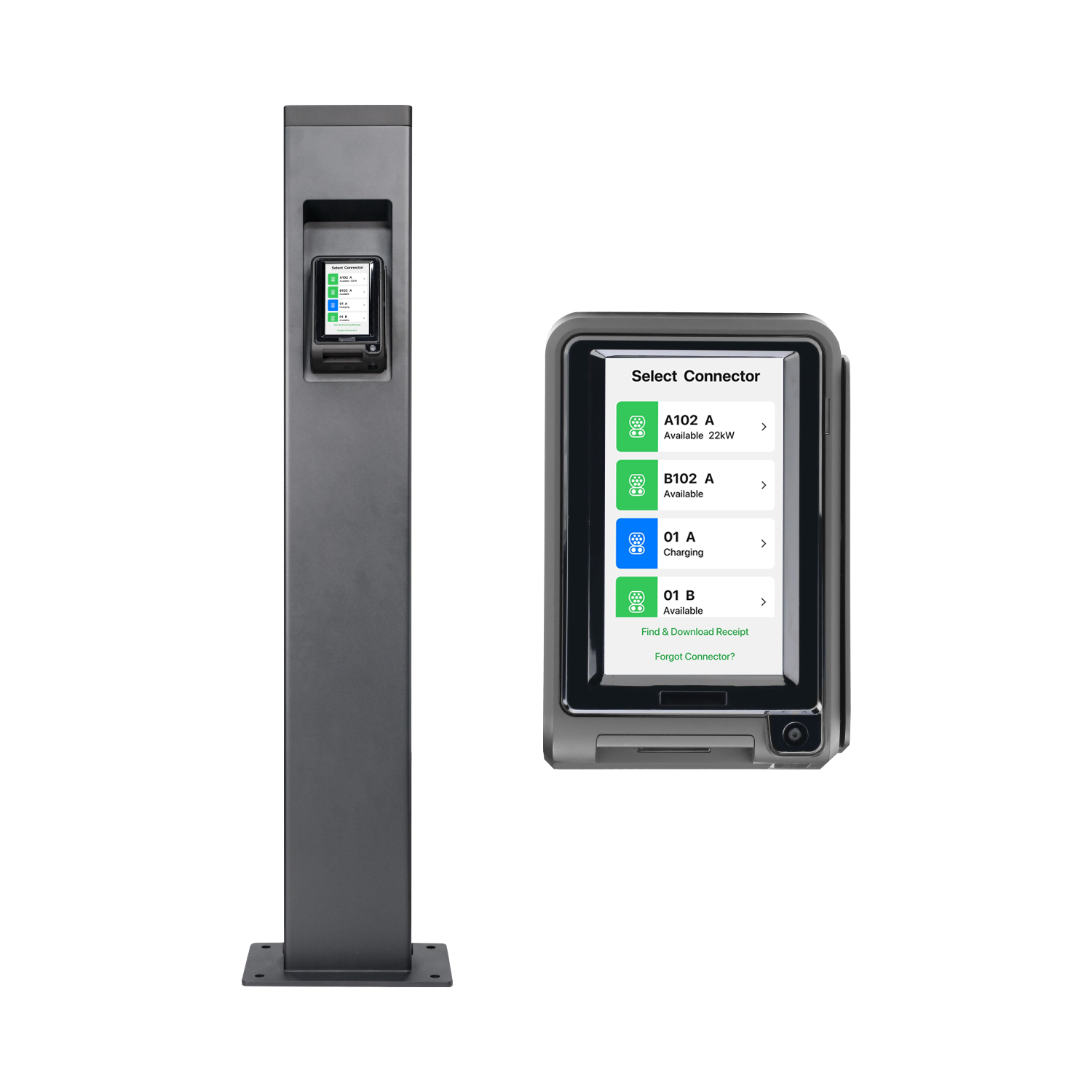
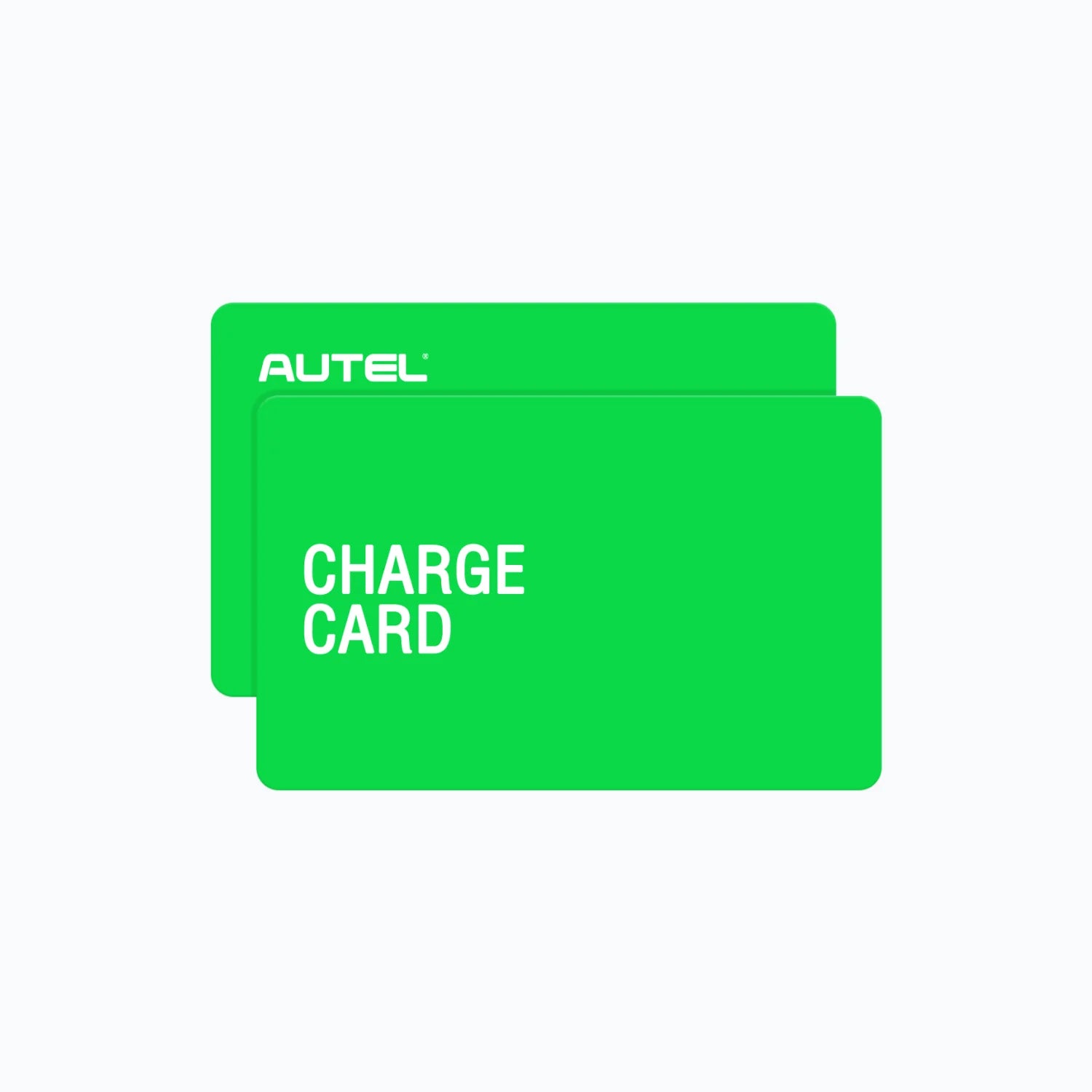
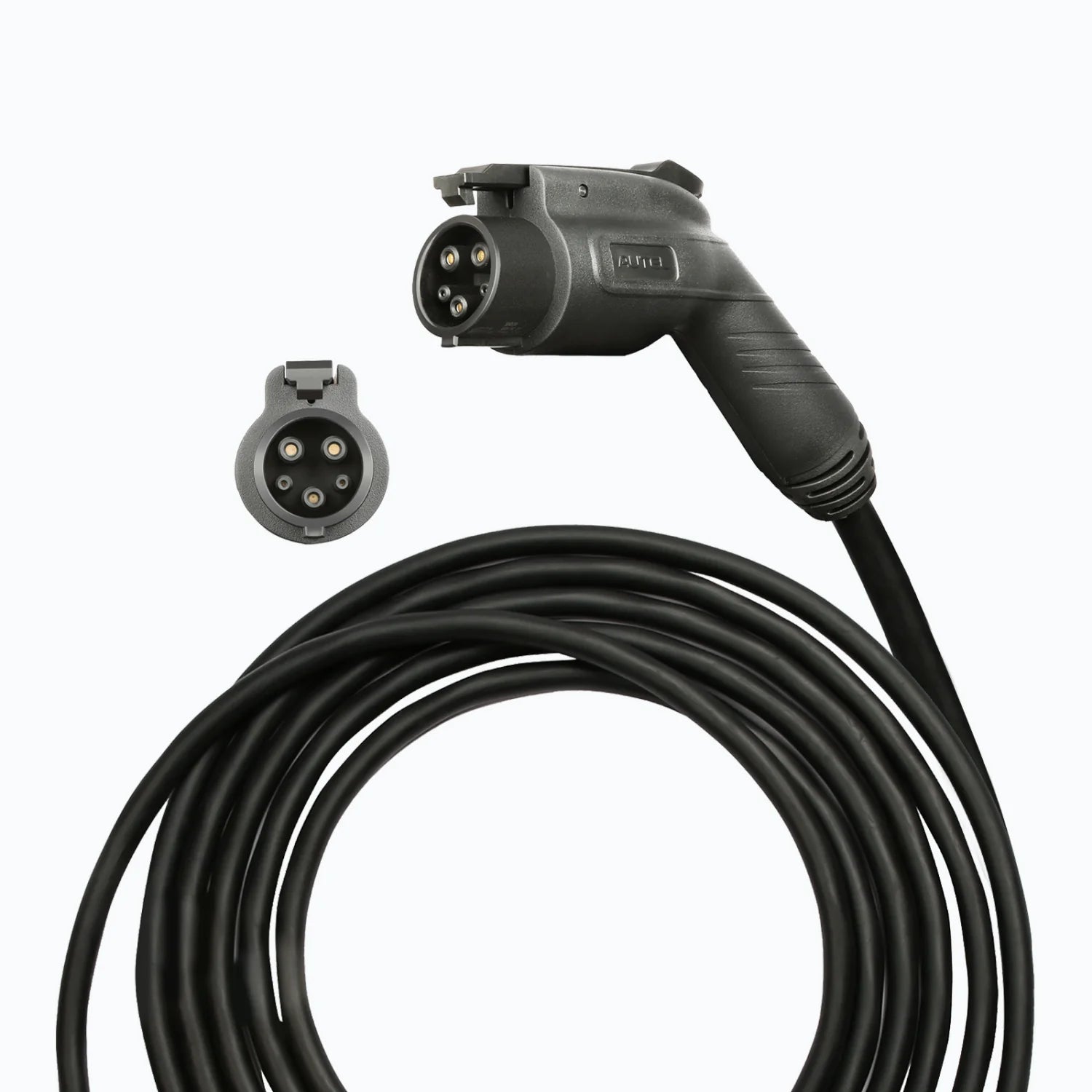
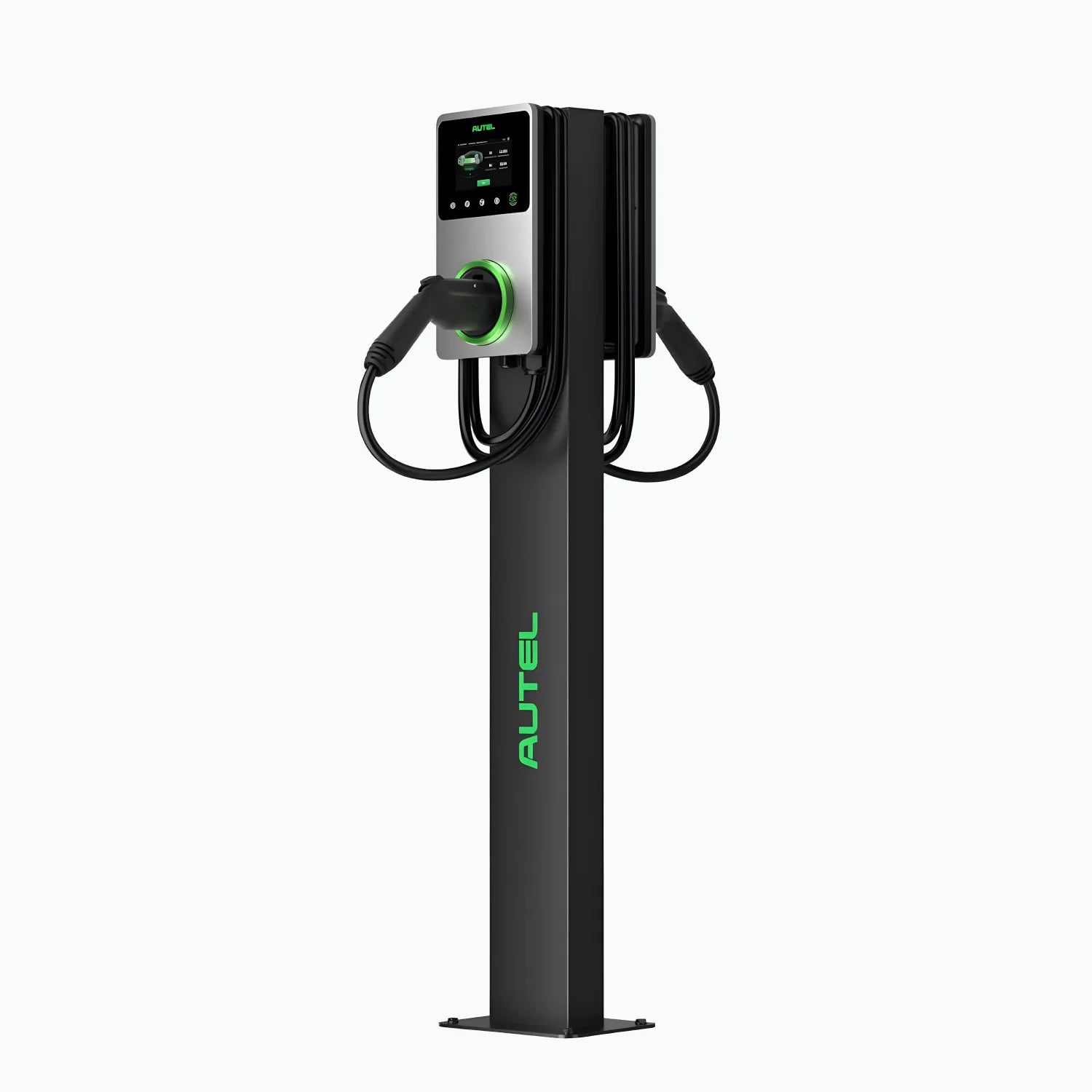
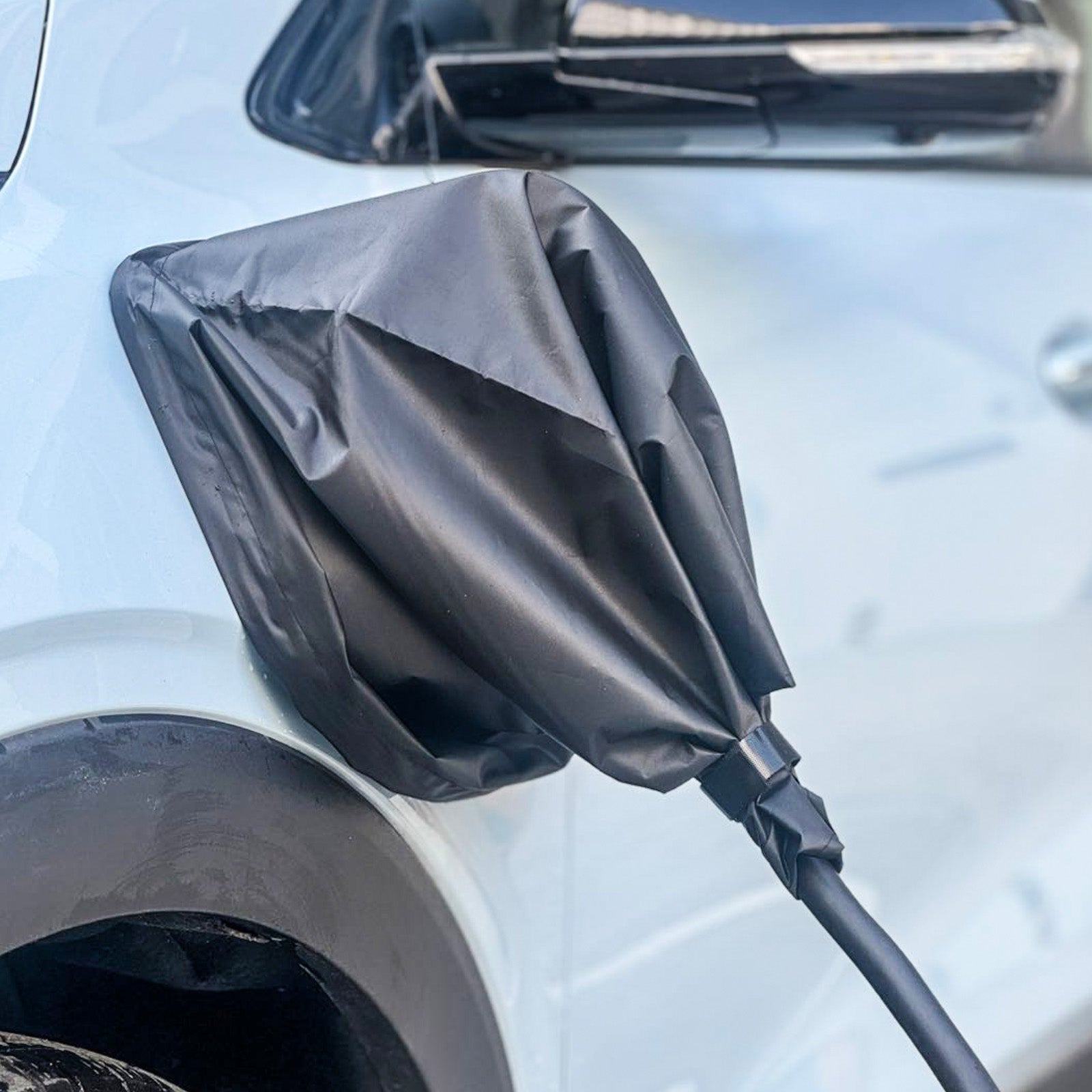
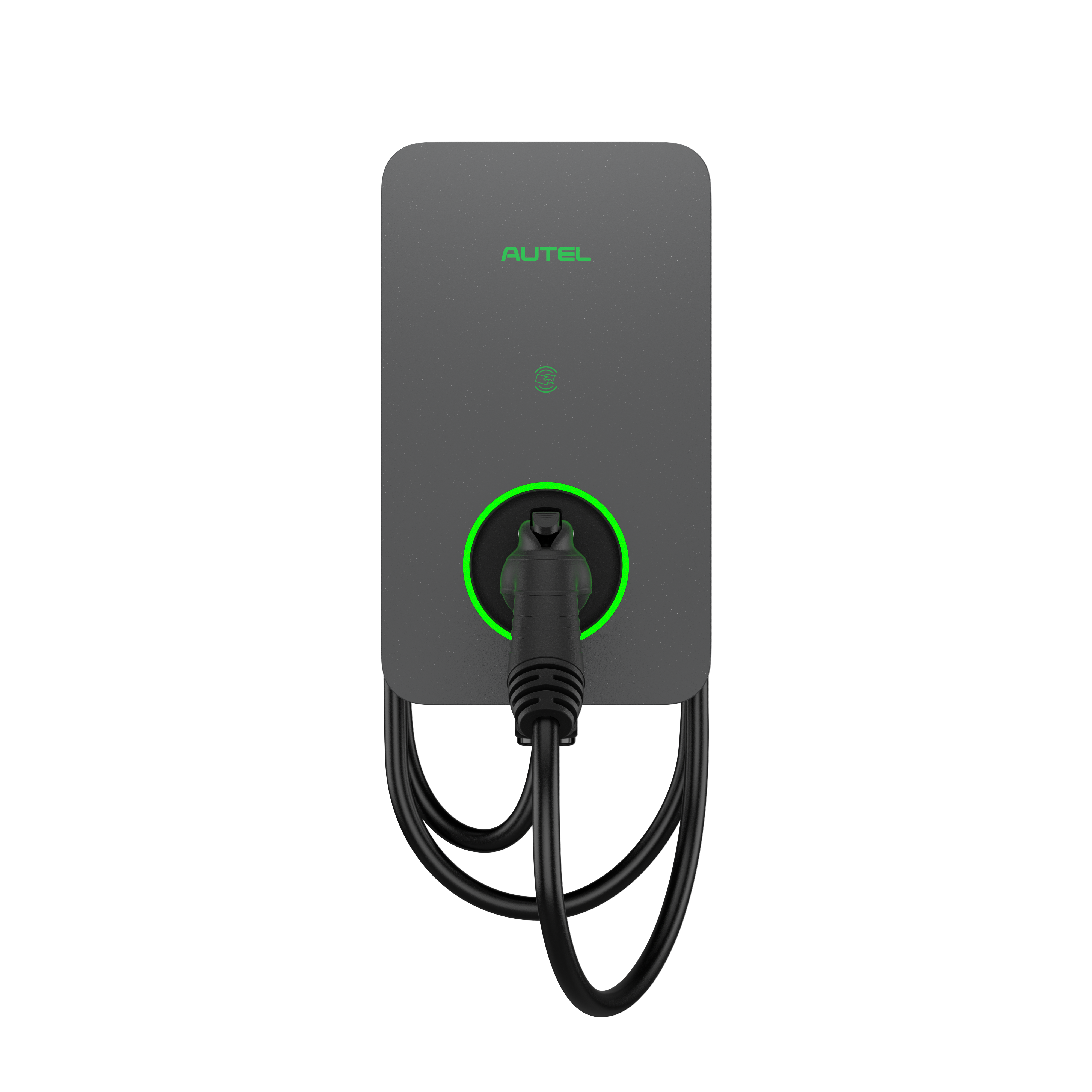
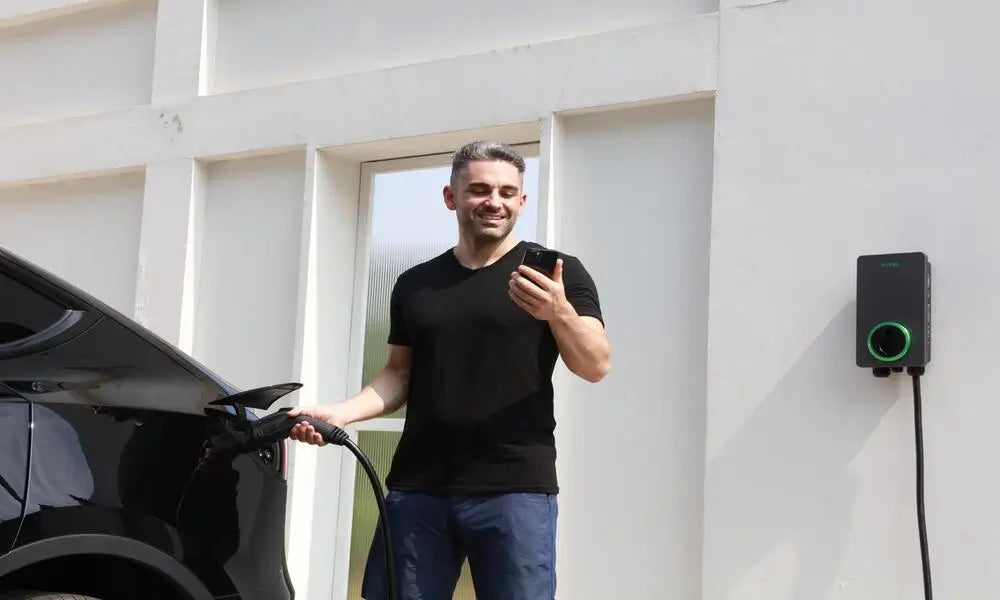
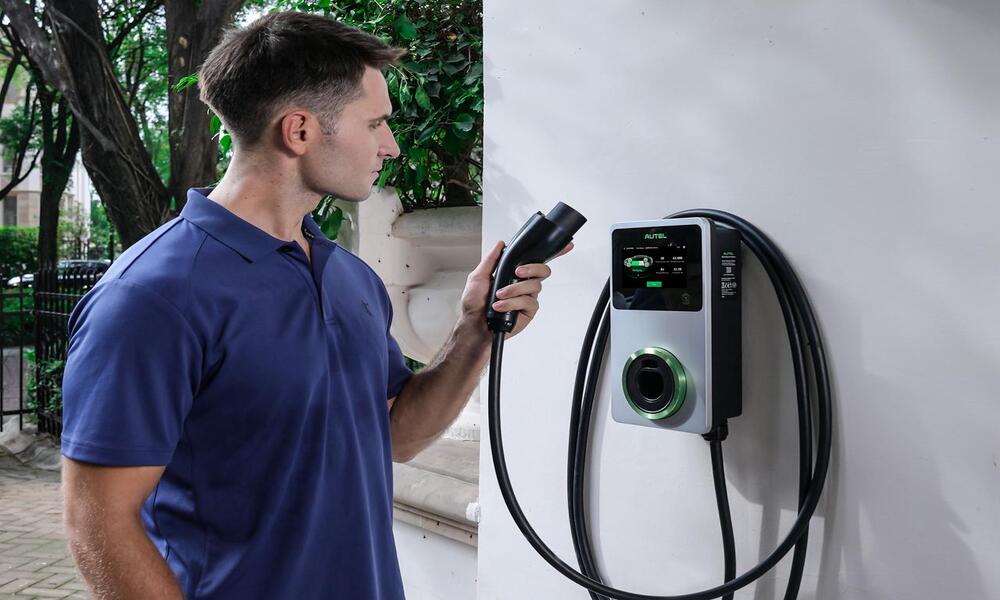
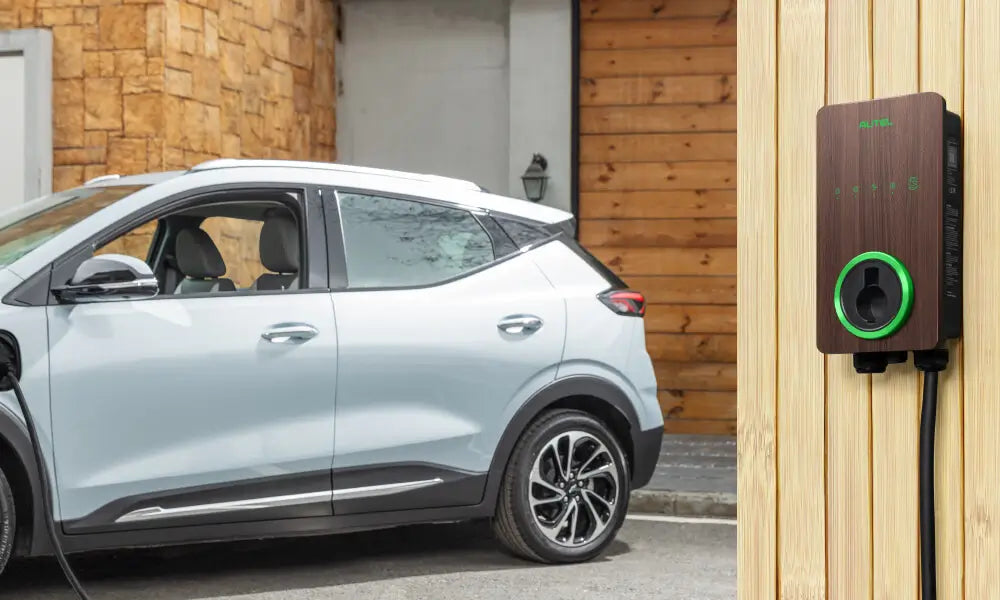
Dejar un comentario
Todos los comentarios se revisan antes de su publicación.
Este sitio está protegido por hCaptcha y se aplican la Política de privacidad de hCaptcha y los Términos del servicio.